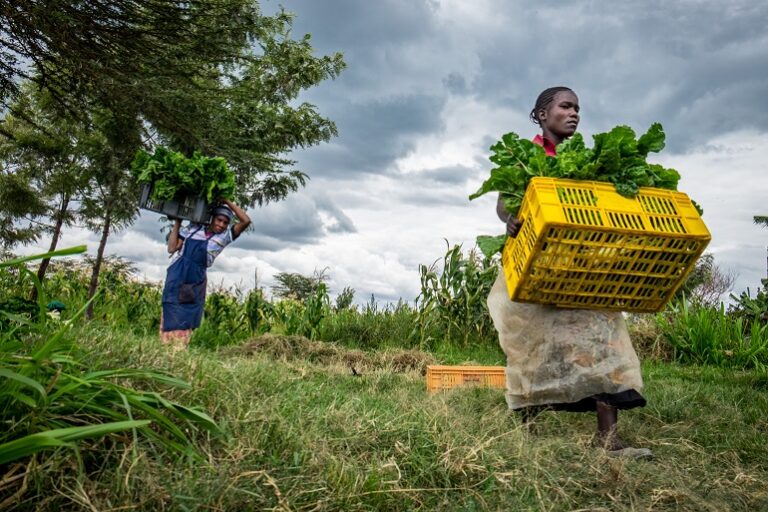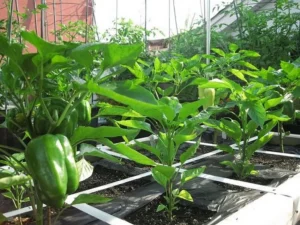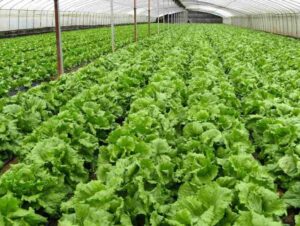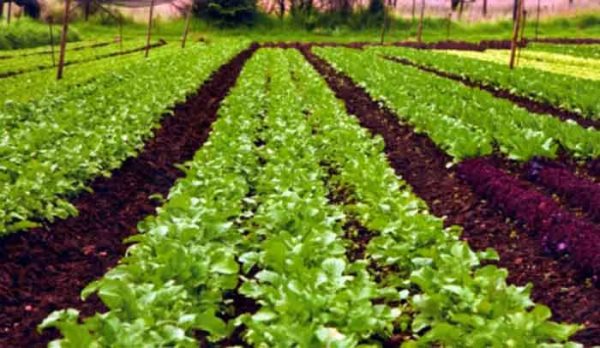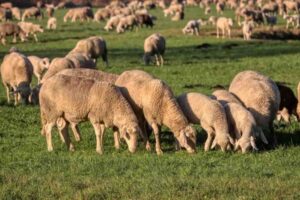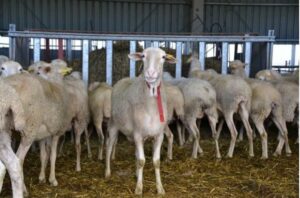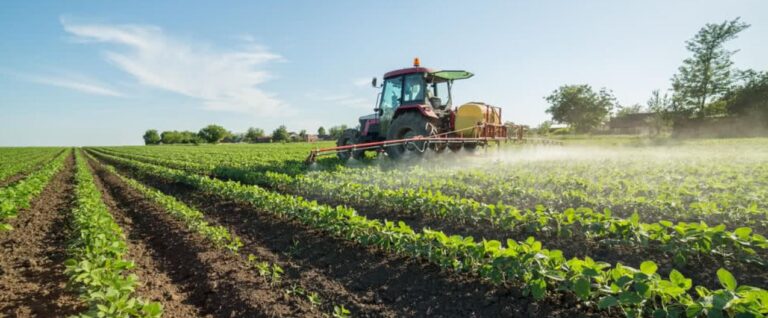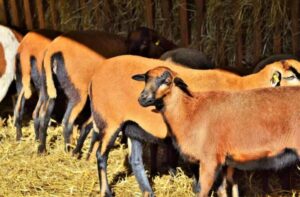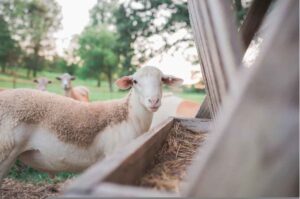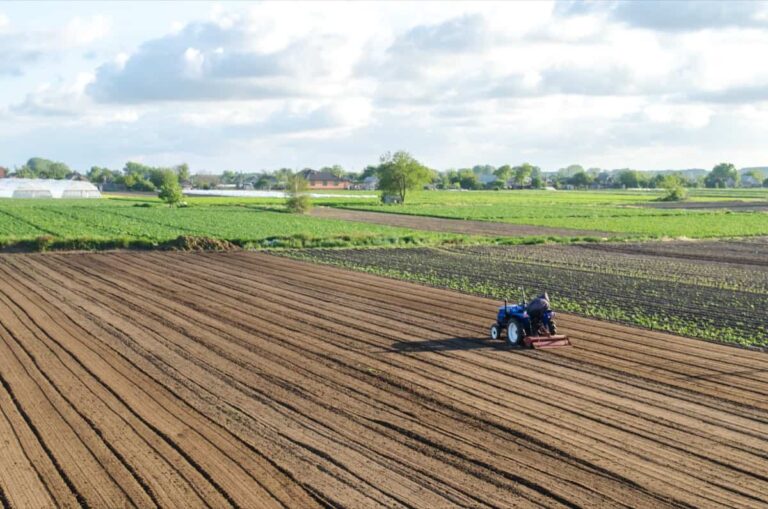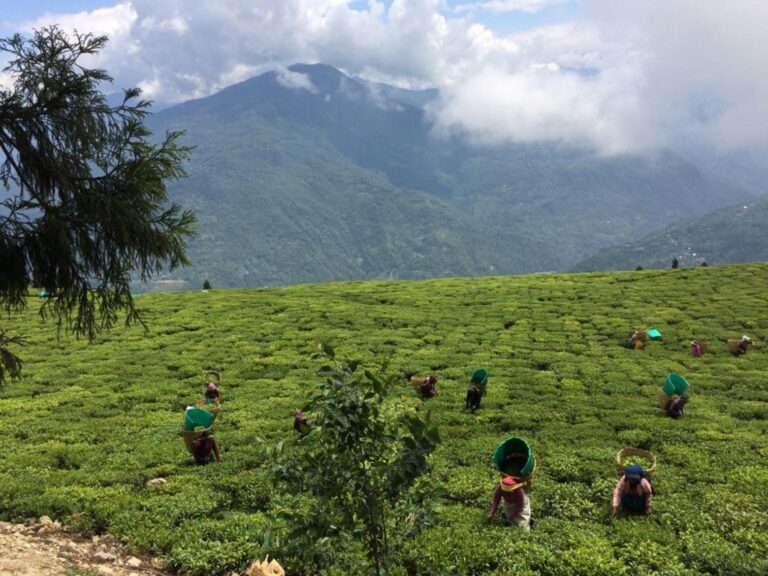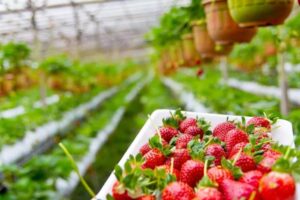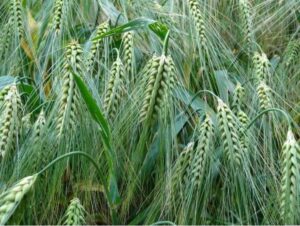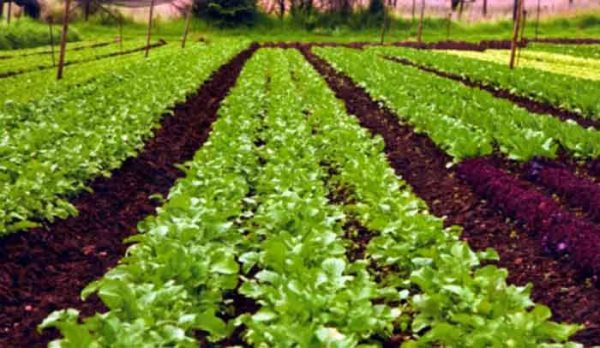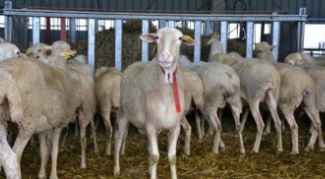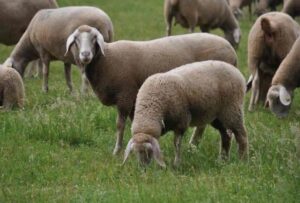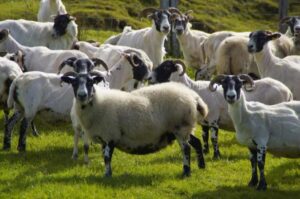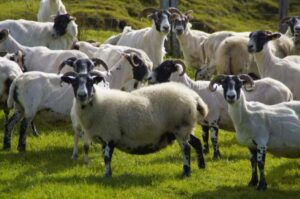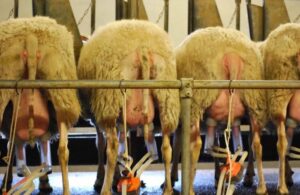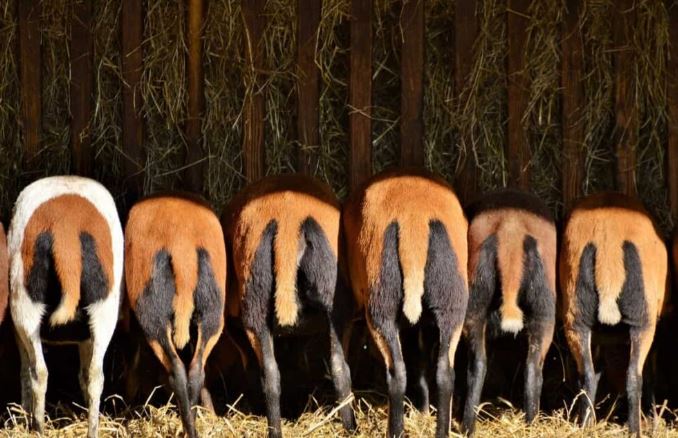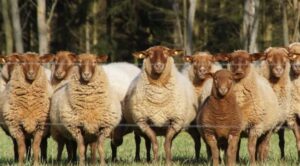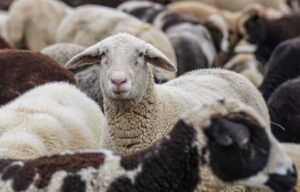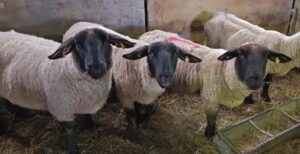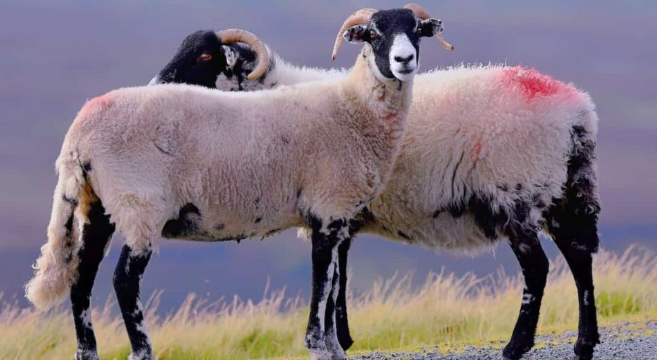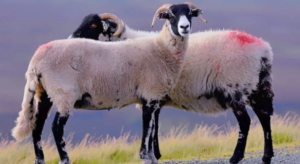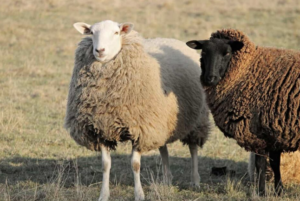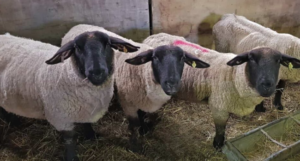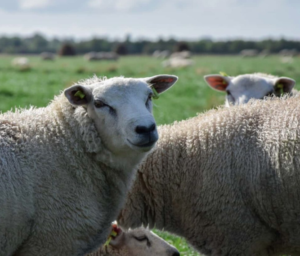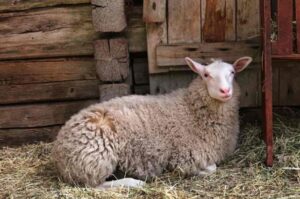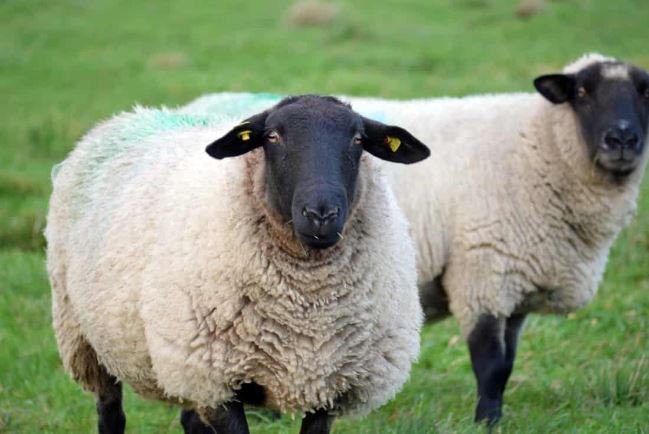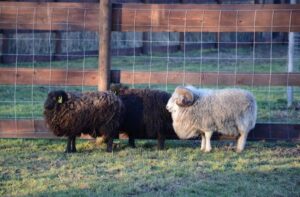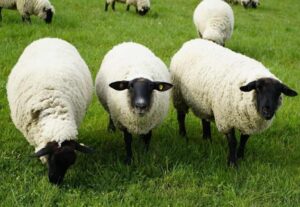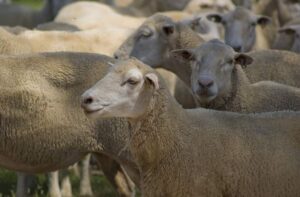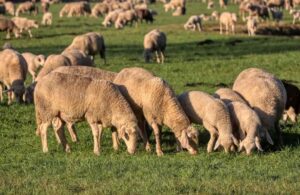Introduction: Aquaculture in India has experienced significant growth, becoming a profitable venture driven by technological advancements. With the country being the second-largest producer of aquaculture products globally, there is immense potential for shrimp cultivation. Currently, shrimp farming covers only around 1.2 lakh hectares of the estimated 11.91 lakh hectares of suitable brackish water areas across ten states and union territories. This presents a great opportunity for entrepreneurs to venture into shrimp cultivation. In this article, we will explore various shrimp cultivation methods, including feeding, pond management, and more.

Suitable Soil Type for Shrimp Culture:
The choice of soil is crucial when selecting a site for shrimp cultivation. Since shrimp primarily reside at the pond bottom during the culture period, clay or loam-based soil with more than 90% clay content and a pH range of 6.5-8.5 is preferred. Sandy or silty soils should be avoided due to their porous nature, which may lead to erosion, water seepage, and waste infiltration. Before constructing ponds, it is essential to collect soil samples from different spots at the surface and 1-meter depth. These samples should be sent to a laboratory for texture and pH analysis, providing valuable information for pond construction and preparation.
Unsuitable Soil Types:
Mangrove or acid sulfate soils are unsuitable for shrimp pond culture due to their high organic matter content and acidic nature. These soils require a high water exchange rate and low stocking density. Pond construction on mangrove soil can lead to issues such as hydrogen sulfide and ammonia accumulation in the pond bottom. Acid sulfate soil areas experience high acidity when dried and flooded, making it challenging to stabilize the pond water’s pH and promote plankton growth during the culture period.
Pond Construction and Preparation:
Once a suitable site with the right soil type is selected, it’s time to focus on pond construction and preparation. Several key steps are involved in this process:
- Pond Design: Determine the pond size and shape based on available land and expected production. Consider factors like water supply, drainage, and accessibility during the design phase.
- Pond Construction: Excavate the pond according to the design specifications. Ensure proper leveling and sloping for effective water management and prevent water stagnation.
- Pond Fertilization: Apply organic or inorganic fertilizers to promote natural food production. This encourages the growth of plankton, which serves as a vital food source for shrimp.
- Pond Filling: Fill the pond with freshwater and allow it to sit for a few days to stabilize. Monitor and adjust the pH levels as needed.
- Pond Sealing: Apply a clay or bentonite lining to minimize water seepage and maintain adequate water levels within the pond.
Shrimp Stocking and Management:
Once the pond is prepared, it’s time to introduce shrimp into the culture system. Consider the following aspects for successful shrimp cultivation:
- Seed Selection: Choose healthy and disease-free shrimp seedlings from reliable hatcheries. Popular shrimp species include the Pacific white shrimp (Litopenaeus vannamei) and the black tiger shrimp (Penaeus monodon).
- Stocking Density: Determine the appropriate stocking density based on the size of the shrimp and pond capacity. Avoid overcrowding to prevent stress, disease outbreaks, and poor growth.
- Feeding Management: Provide nutritionally balanced feeds at regular intervals according to the shrimp’s growth stage. Monitor water quality parameters like dissolved oxygen, ammonia, and nitrate levels to ensure a healthy environment for the shrimp.
- Water Exchange and Aeration: Maintain optimal water quality by periodically exchanging water and providing aeration to enhance oxygen levels. Proper water circulation helps remove waste and maintain a favorable environment for shrimp growth.
Pond Design and Construction for Successful Shrimp Culture
In shrimp cultivation, the design and construction of a pond play a crucial role in ensuring the success of the operation. The layout and design should be tailored to the specific characteristics of the site and the chosen culture system. While there is no one-size-fits-all design, it is essential to create an optimal and functional farm layout based on the prevailing physical and economic conditions.
Proper Pond Management for Shrimp Cultivation
Before stocking a pond with new shrimp, it is vital to remove excessive waste accumulated from the previous crop and condition the soil and water. Failure to adequately prepare the pond may lead to difficulties in managing the pond during the culture period, resulting in decreased production capacity.
Stocking Shrimp in the Pond
In India, the Indian white prawn (Penaeus indicus) and tiger prawn (P. monodon) are the most suitable species for shrimp culture. The stocking density depends on the selected species and the type of culture system employed. Within the Coastal Regulation Zone (CRZ), traditional and improved traditional shrimp farming allows for a production range of 1 to 1.5 tons per hectare per crop with a stocking density of 40,000 to 60,000 per hectare per crop. Outside the CRZ, extensive shrimp farming permits a production range of 2.5 to 3 tons per hectare per crop with a stocking density of 100,000 per hectare per crop.
Selecting Quality Shrimp Seeds for Cultivation
The selection of high-quality shrimp seeds is a critical step in shrimp grow-out management. Farmers should procure healthy seeds from reliable hatcheries, although availability and quantity may pose limitations.
Consider the following parameters when purchasing shrimp seeds for stocking:
- Size: Opt for postlarvae (PL) 15-20, which are indicated by the appearance of 4-6 spines on the rostrum. Healthy PL should exhibit a muscle-to-gut ratio of about 4:1 in the sixth abdominal segment or have gut thickness similar to muscle thickness. Ideally, use seeds from the first and second spawning of broodstock with uniform size.
- Morphology: The postlarvae should have a normal appearance in terms of trunk, appendages, and rostrum. The abdominal muscle should be clear without discoloration or erosion, the gut should be full of food, and the muscle should fill the carapace.
- Color: Opt for postlarvae with the presence of pigment cells in the uropods, indicating their developmental stage. Light gray, brown to dark brown, and black colors are desirable for high survival and growth rates. Red or pink coloration usually signifies stress.
- Behavior: Healthy seeds swim straight, respond promptly to external stimuli such as taps on the basin, actively swim against currents when water is stirred, and cling to the sides rather than aggregating or being swept to the center when the current subsides.
- External Fouling: Ensure that seeds are free from external parasites, bacteria, and other fouling organisms. The presence of these organisms indicates unhealthy conditions that can affect growth and survival. It is recommended to visit the hatchery and check the seeds once or twice before purchasing, preferably in the early morning or late afternoon, especially one day prior to stocking. However, seeds with some fouling may be used if the animals are in good condition after treatment.
- Pathogen Free: Check the seeds for the presence of viral occlusion bodies. Seeds with a high number of occlusions indicate stress conditions and may not thrive vigorously in the pond.
Optimal Stocking Density for Shrimp Cultivation
Determining the appropriate stocking density of postlarvae (PL) in a shrimp pond is crucial for successful farming. Several factors, such as the farm’s production capacity, culture system, soil and water quality, food availability, seasonal variations, target production, and farmer’s experience, should be considered. It is advisable to start with a low stocking density in a new crop to assess the pond’s production capacity. If the production is successful, stocking density can be increased in subsequent crops. Overstocking should be avoided to prevent management issues and potential losses.
In semi-intensive culture, stocking densities of 10-20 PL per square meter are typically practiced. For intensive culture in a well-managed pond with consistent good water quality, densities can reach 25-30 PL per square meter at a water depth of 1.2 meters, or even 40-50 PL per square meter at a water depth of 1.5 meters or deeper. However, it is important to note that intensive cultures require high densities and can only be sustained in well-managed farms under experienced farmers.
Effective Feed Management for Shrimp
Feed cost constitutes a significant portion of production expenses, accounting for 50% to 70% of the total variable cost in shrimp farming. The use of quality feeds improves shrimp production and increases profitability. The availability of nutrients from feeds depends on factors such as raw material type and quality, formulation, feed processing, feed storage conditions, and feeding management. Therefore, a basic understanding of nutrition and feed requirements is essential for feed and feeding practices in semi-intensive or intensive shrimp farming.
Shrimp diets can be either supplementary or complete. In extensive systems, complete diets are necessary, as procuring natural food items in large quantities and maintaining a continuous supply can be challenging. Currently, many aquaculture farms rely on imported feed with a food conversion ratio (FCR) ranging from 1:1.5 to 1:1.8. Feeding can be done using automatic feed dispensers or by broadcasting throughout the pond. The use of feeding trays in selected pockets can reduce feed wastage.
Nutrient Requirements for Shrimp
Shrimp require approximately 40 essential nutrients, which are provided by natural food and supplemental feeds. While the principles of nutrition are similar for all animals, the specific quantities and quality of nutrient requirements vary across species. The recommended levels of nutrients and dietary components for black tiger shrimp are listed in the table below.
Water Quality Management for Shrimp Culture
Water quality in the rearing pond gradually deteriorates throughout the production cycle due to factors like uneaten food and the animals’ excretion. Shrimp farmers monitor parameters such as dissolved oxygen (DO), pH, ammonia levels, water color, and water odor to assess the pond’s water quality. These parameters are regularly observed using scientific equipment or the farmer’s experience to keep them within the optimum range.
Harvesting and Handling of Shrimp
Successful harvesting involves obtaining shrimp in good condition within a short period of time. The harvesting technique should minimize damage and excessive contamination with waste. Rapid harvesting reduces the risk of bacterial contamination, ensuring the shrimp remain fresh when reaching the processor.
Complete harvesting can be achieved by draining the pond water through a bag net and handpicking. The average culture period is around 120-150 days, during which the prawns grow to a size of 20-30 grams, depending on the species. It is possible to have two crops in a year. Harvested shrimp can be kept between layers of crushed ice before being transported to the market.
By adhering to proper stocking density, effective feed management, water quality monitoring, and careful harvesting techniques, shrimp farmers can optimize their production and ensure the delivery of high-quality shrimp to the market.
Methods of Harvesting Shrimp: Draining and Netting
Two common methods of harvesting shrimp are widely used in farms: draining the pond and catching shrimp in a bag net, or netting the shrimp within the pond itself.
Draining the Pond: For this method, proper design of the ponds and outlets is essential to ensure complete drainage within 4-6 hours. A bag net should be fixed to the outlet to collect the shrimp carried by the outflowing water. Harvesting is best done early in the morning and should be completed before mid-morning. In ponds that can only be drained during low tide, harvesting should be conducted whenever possible. Shrimp should be regularly removed from the bag in small quantities to prevent damage.
Netting within the Pond: This method involves using either a small electric net or a large seine net. The water level of the pond should be reduced to 0.5-0.75 meters, and workers need to enter the pond for netting. However, this method has disadvantages, as it disturbs the pond bottom, leading to potential shrimp contamination. It is also slower and may take a long time to complete.
Hand-Picking Remaining Shrimp: Regardless of the harvesting method, it is necessary to hand-pick the remaining shrimp in the pond after draining. To prevent damage and improve storage, the harvested shrimp can be quickly killed by subjecting them to a temperature shock, such as a dip in iced water.
Timing of Harvesting and Selling
The timing of shrimp harvesting depends on the condition of the shrimp in the pond and market prices. Shrimp are sampled from different areas of the pond using a cast net to determine their average body weight and general condition. The proportion of soft-shell shrimp should not exceed 5% at the time of harvest, which can be achieved by scheduling the harvest halfway between two moltings.
Molting cycles are indicated by the presence of exuviae in the pond. For instance, if the average body weight of the shrimp is 30 grams, the harvest should be planned for 7-8 days after observing the exuviae, as the next molting cycle occurs within 14-16 days. Harvested shrimp should be iced and transported to cold storage or processing plants within 10 hours.

Diseases, Prevention, and Treatment of Shrimp
Cultured shrimp are susceptible to various diseases caused by infectious and non-infectious factors. Infectious diseases can be attributed to viruses, bacteria, fungi, and certain parasites. Effective treatment is challenging once shrimp diseases occur in a pond. Prevention through good farm management practices is the best approach to control diseases. Information on different diseases and their prevention procedures can be highly beneficial.
Quality Control and Marketing of Shrimp
Quality control plays a crucial role in profitability and marketing. Ensuring the end product is healthy is of utmost importance. Implementing rigorous quality control measures guarantees that the shrimp meet the required standards, enhancing their market value.
In conclusion, successful shrimp cultivation involves implementing proper harvesting methods, considering the timing of harvest and market conditions, preventing diseases through good farm management, and maintaining strict quality control measures. By following these practices, shrimp farmers can optimize their production and meet the demands of the market.


